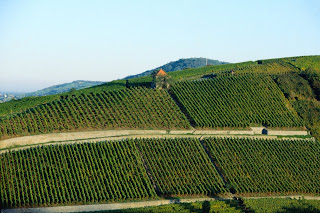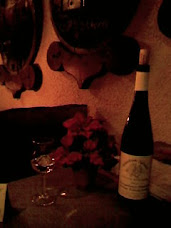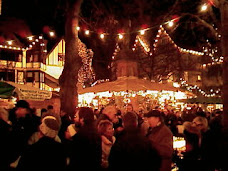
Today Schönberger Herrnwingert (literally the vineyard of a man of the cloth or secular gentleman). The Counts of Erbach-Schönberg used to be the early owners. In 1923 2 hectares of the vineyard were taken over by the Mainz wine growing region. In 1953 the vineyard was totally realigned and is now fully owned by the Staatsweingut (government wine-estate). The Herrnwingert is surrounded by woods and lies high above the neighbouring vineyards and away from the Rhein valley. It is also known as the Bergstrasse’s “Steinberg” – an allusion to the Rheingau’s similar vineyard near to Kloster Eberbach (more in a later post).
The planted area of Schönberger Herrnwingert is 11 hectares. The ground is a sandy, loamy soil, even partly just sandy soil. This means it warms easily but is also susceptible to erosion. The wine is fruity with good breeding. The prominent acidity conveys a lusty, nutty flavour even in hot years with an overripe vintage. Even Müller-Thurgau and Weißburgunder exhibit racy, delicate wine.
The area is planted with 40% Riesling (shown in the photo above - source Deutsches Weininstitut, DWI), 10% Müller-Thurgau and 50% Weißburgunder. The Herrnwingert vinyard belongs to the larger Rott area.
Herrnwingert is my favourite local wine – good for all occasions. The 2007 vintage has now been available for a few weeks – a close thing, as the 2006 had all been drunk by January. It is a refreshing young wine that should age well throughout the year.
2011 - I have stopped drinking this wine!
Having first ruined the labels (removing the eagle and replacing it with some boring sketch of the Kloster) some clever clogs has came up with a name change about a year ago: It is now known as Domäne-Schoppen! Schoppe is a rather crude word for a drink, like saying a quick pint. Hidden in the small print on the back you can still read Riesling and Herrnwingert. Domäne-Schoppen is not something a wine lover would like to be seen drinking. How do you know what has gone into the wine? Algerian grape juice?
My tip: Bensheimer Kirchberg Riesling Trocken!





